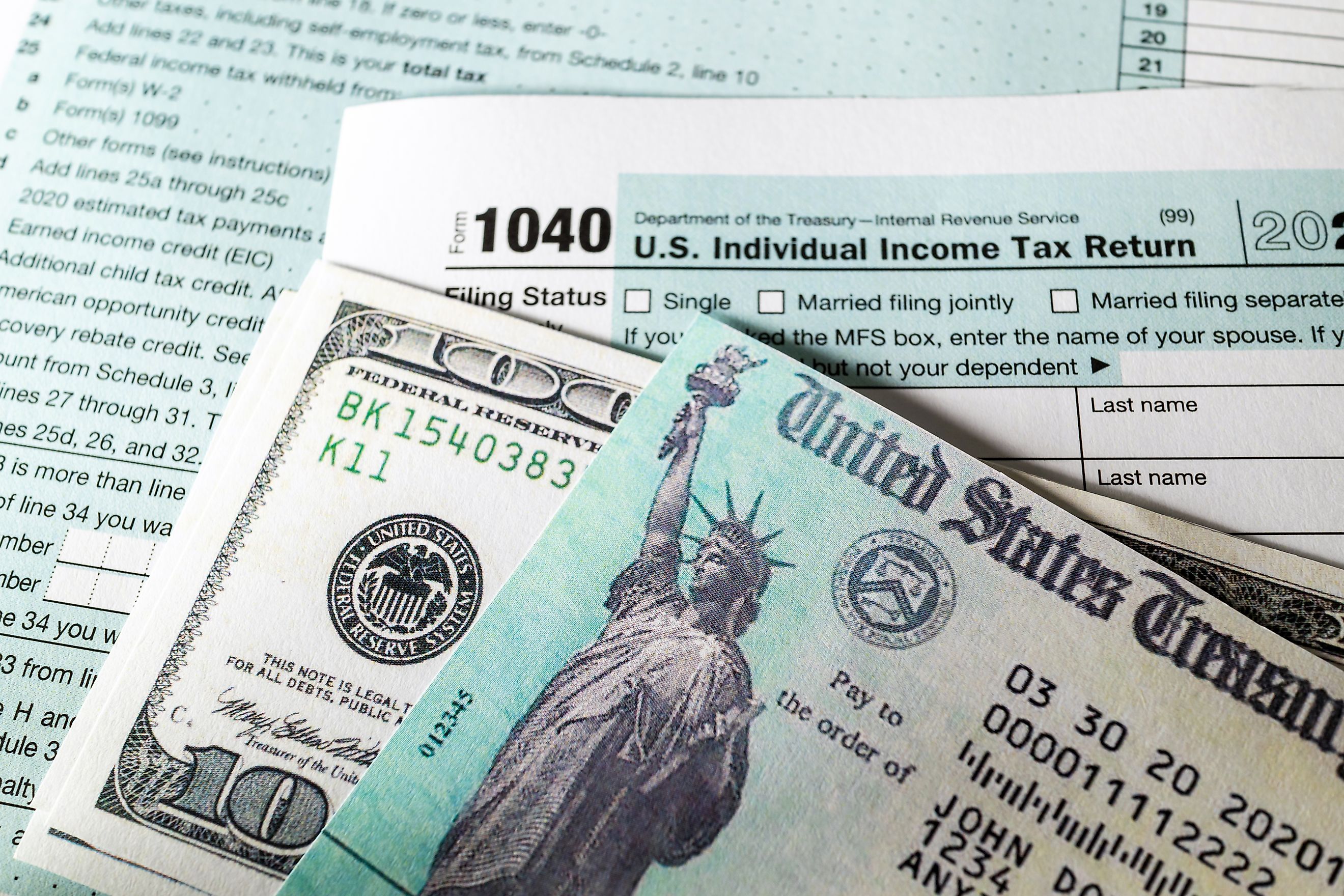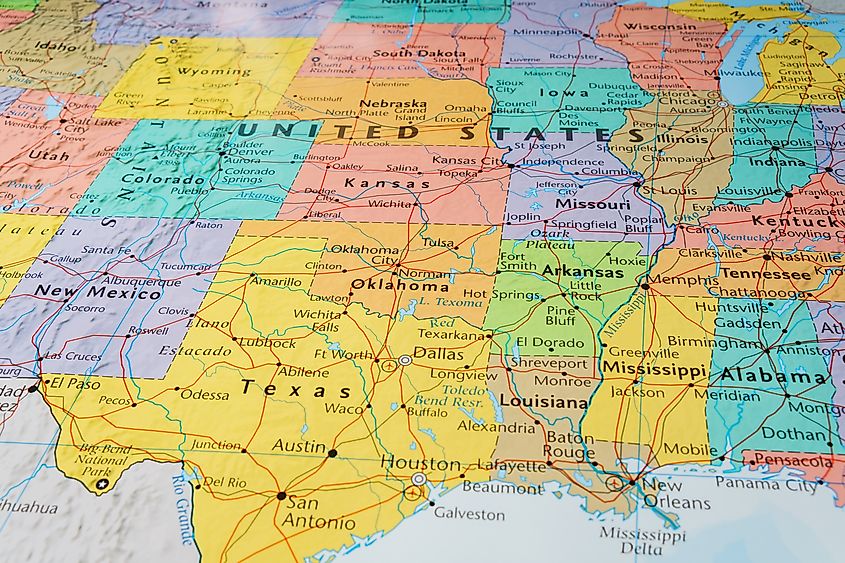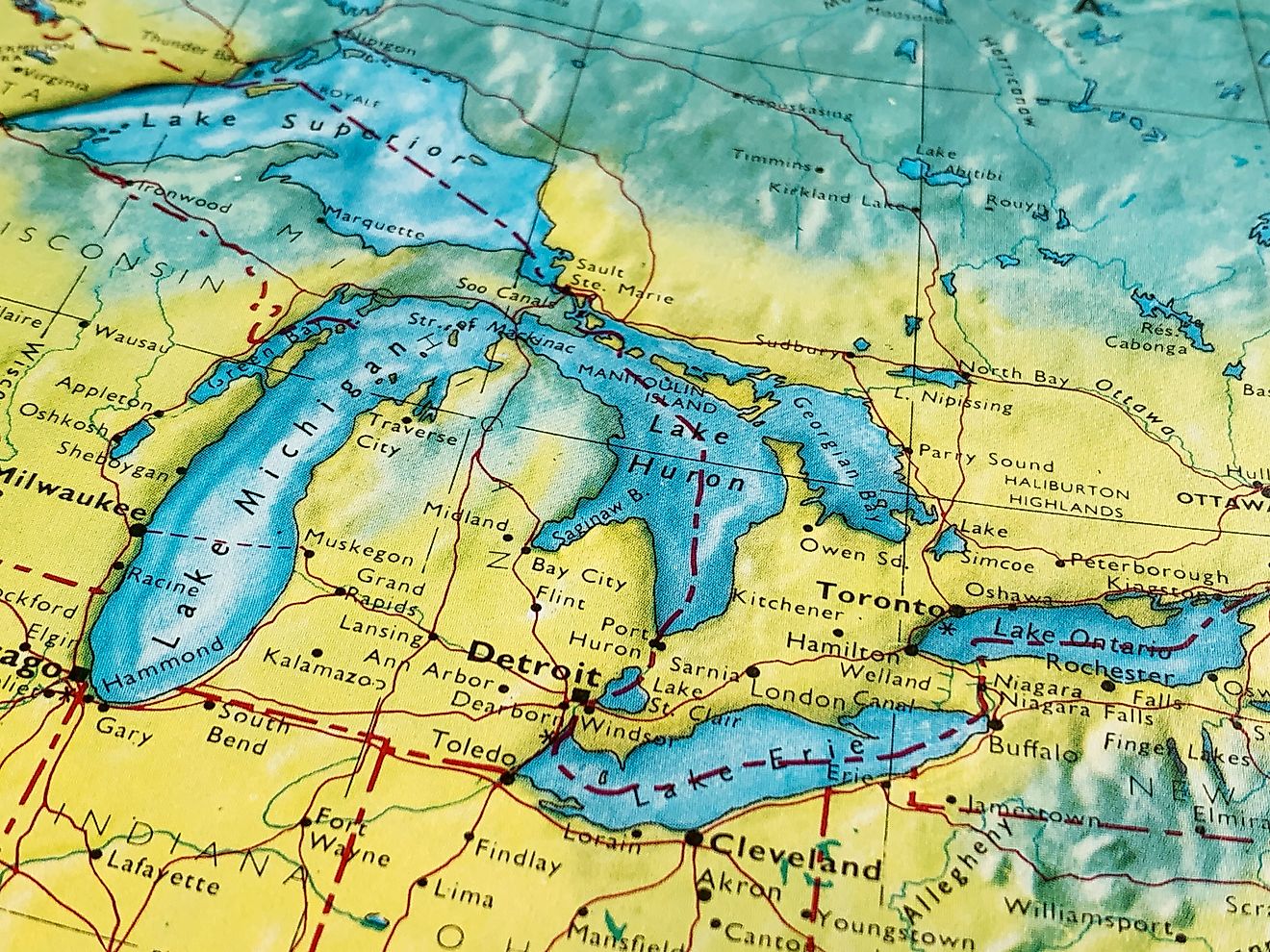
Which US States Don't Have Income Tax?
In a country where state-by-state tax policies can vary as much as the landscapes, one question comes up often during tax season and relocation planning: Which US states don’t have income tax? As of 2025, nine states have no broad-based individual income tax, offering a financial advantage for residents and retirees—and a major incentive for businesses and entrepreneurs considering relocation.
But the absence of income tax doesn’t always equate to low taxation overall. Some of these states rely heavily on sales taxes, property taxes, or tourism-driven fees to generate revenue. Understanding the full tax picture is essential before packing your bags.
Here’s a breakdown of the nine US states with no personal income tax, how they make up for that lost revenue, and what it really means for residents.
The 9 States With No Income Tax

As of 2025, the following states do not levy a state-level income tax:
-
Alaska
-
Florida
-
Nevada
-
New Hampshire (limited – more below)
-
South Dakota
-
Tennessee
-
Texas
-
Washington (limited – more below)
-
Wyoming
Let’s explore each of these in more detail.
Alaska

State income tax: None
Sales tax: No statewide tax (local taxes may apply)
Property tax rank: Moderate
Alaska is perhaps the most tax-friendly state in the US. It doesn’t impose state income or sales tax, though some local jurisdictions do charge limited sales taxes. To top it off, residents receive an annual payment from the Permanent Fund Dividend (PFD), a share of the state’s oil revenue. However, the cost of living in Alaska, particularly for groceries, fuel, and utilities, remains high due to its remoteness.
Florida
State income tax: None
Sales tax: 6% (plus local surtaxes)
Property tax rank: About average
Florida is a well-known haven for retirees and high earners. With no personal income tax and no estate tax, it’s one of the most popular destinations for those seeking to reduce their overall tax burden. That said, Florida makes up for the loss in income tax through relatively high sales and tourism taxes, and residents may feel the pinch in homeowners insurance and housing costs.
Nevada
State income tax: None
Sales tax: 6.85% (can exceed 8% with local taxes)
Property tax rank: Low to moderate
Fueled by revenue from tourism, gambling, and sales tax, Nevada has long operated without a personal income tax. The state capitalizes on its booming Las Vegas economy, but residents should be prepared for high housing costs in popular urban areas like Reno and Vegas. Nevada also has no estate or inheritance tax.
New Hampshire
State income tax: No tax on wages or salaries, but does tax interest and dividend income (5% through 2026, phasing out completely by 2027)
Sales tax: None
Property tax rank: High
New Hampshire is in a transitional phase. While it has never taxed wages, it has historically taxed interest and dividends. That tax is currently being phased out, set to hit zero by 2027. In the absence of both income and sales taxes, property taxes are steep, making homeownership in the Granite State notably expensive.
South Dakota

State income tax: None
Sales tax: 4.2% (plus local taxes)
Property tax rank: Moderate
South Dakota combines a low cost of living with no income tax, which has made it attractive to retirees and remote workers. Like other no-income-tax states, it compensates with sales taxes and excise taxes. It’s also known as a trust-friendly state, popular for wealth management and asset protection.
Tennessee
State income tax: None
Sales tax: 7% (plus local taxes that often bring the total to 9%+)
Property tax rank: Low
Tennessee fully eliminated its tax on interest and dividends (the Hall Tax) in 2021, becoming a true no-income-tax state. Its sales tax rate is among the highest in the country, particularly when local taxes are added. However, property taxes remain relatively low, and the state is increasingly popular with retirees and digital nomads for its tax structure and affordability.
Texas
State income tax: None
Sales tax: 6.25% (local taxes can raise it to 8.25%)
Property tax rank: High
Texas makes up for the lack of income tax with some of the highest property taxes in the country. School funding relies heavily on local property taxes, which can put a strain on homeowners. On the plus side, there’s no income or estate tax, and the state’s large, diverse economy keeps housing and job opportunities widely available.
Washington
State income tax: No income tax on wages or salaries, but in 2022 the state implemented a capital gains tax on certain high-income individuals
Sales tax: 6.5% (can exceed 10% in some areas)
Property tax rank: Moderate
Washington is not quite a pure no-income-tax state anymore. While it doesn’t tax wages or traditional income, a 7% capital gains tax was enacted in 2022 on profits over $250,000 from stocks, bonds, and other high-value assets (excluding real estate). Despite this, Washington remains tax-friendly for wage earners and small businesses. High sales and gas taxes help fund the state’s infrastructure and social services.
Wyoming
State income tax: None
Sales tax: 4% (local taxes can increase the total)
Property tax rank: Low
Wyoming is often ranked among the most tax-friendly states in the US. Thanks to revenue from natural resource extraction (particularly coal and natural gas), it sustains public services without needing to tax personal income. Its low sales and property taxes are a bonus, making it especially attractive for wealthy individuals and ranchers.
States That May Join the List

No additional states have officially announced plans to abolish income tax, but some have explored reductions. States like Mississippi, North Carolina, and Iowa have passed legislation in recent years to gradually lower their income tax rates, sparking speculation about future policy shifts.
These efforts reflect a broader trend among fiscally conservative states to compete for residents and business investment by offering tax advantages. However, replacing income tax with other revenue sources can present long-term budget challenges.
The Trade-Offs of No Income Tax

While the appeal of keeping more of your paycheck is obvious, there are trade-offs to consider:
-
Higher sales and excise taxes: Everyday purchases can cost more.
-
Steeper property taxes: Particularly in states like Texas and New Hampshire.
-
Reduced public services: Some no-income-tax states rank lower in education, infrastructure, or healthcare funding.
-
Local taxes and fees: Municipalities may impose their own taxes or service charges to compensate.
It’s also worth noting that federal income taxes still apply in all 50 states, regardless of state-level taxation.
Tax Migration Trends

The absence of income tax has played a big role in domestic migration trends, particularly in the post-pandemic era. Remote workers, retirees, and business owners have flocked to low-tax states like Florida, Texas, and Tennessee. In many cases, people moving from high-tax states like California, New York, and Illinois cite tax burden as one of their primary reasons.
However, increased demand has driven housing costs up in these same low-tax states, particularly in urban centers. That means the tax savings can sometimes be offset by rising real estate prices and cost of living.
Financial Freedom or Hidden Costs? Final Thoughts
Nine US states currently operate without a personal income tax, each with its own strategy for balancing the budget and funding public services. While these states offer a financial incentive that draws in new residents and businesses, it’s important to look beyond just income taxes when evaluating where to live or invest.
Consider the full tax structure, including sales, property, and capital gains taxes, as well as local costs and services. What you save in income tax, you may pay elsewhere.
Still, for many Americans, the idea of living in a state where the government takes none of their paycheck is a strong motivator—and one that’s shaping the future of American migration, wealth management, and retirement planning.







